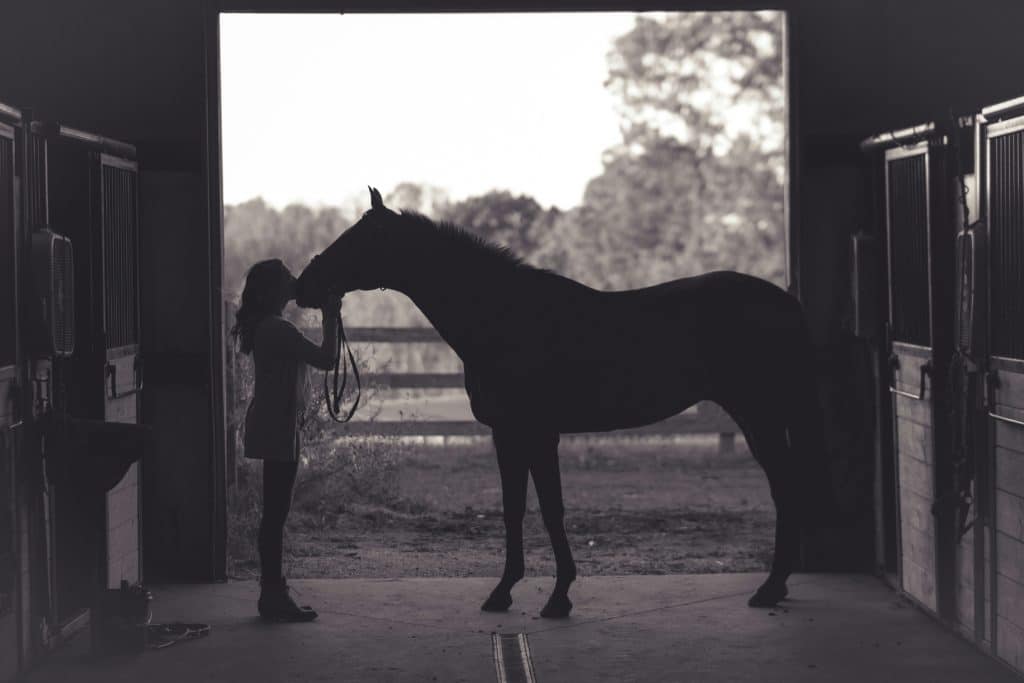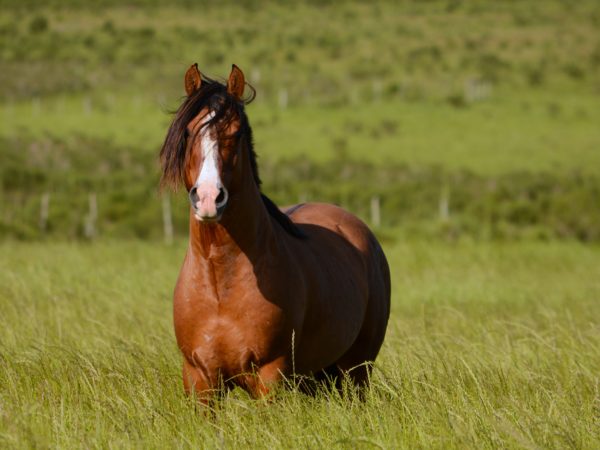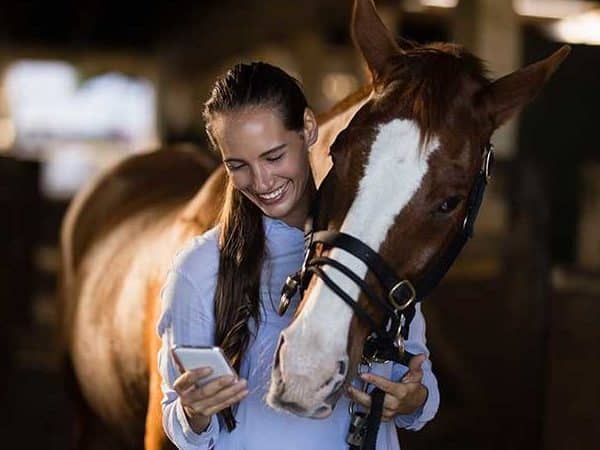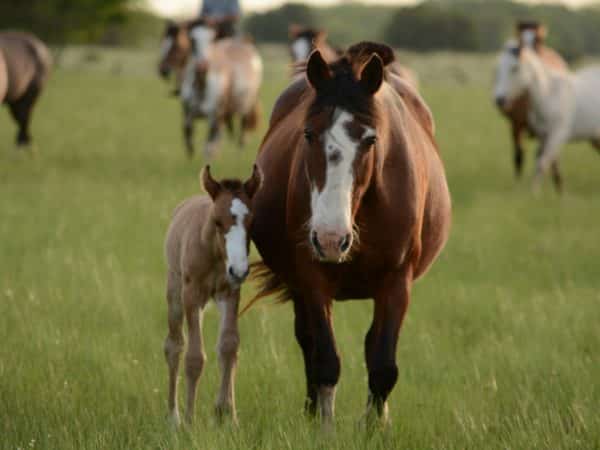
Night is a critical period for horses. While they may appear peaceful in their stalls, it is also when they are most vulnerable to colic episodes, stress, or unexpected disturbances. For owners, it can be challenging to balance the need to monitor their horse with their own need for rest.
Technological advancements now enable remote nighttime monitoring, ensuring both horse and owner get the rest they need. Understanding how horses rest, what impacts their sleep, and how to detect problems early can make a significant difference to their health and well-being.
Understanding Horse Sleep: Do Horses Truly Need to Lie Down?
Many horse owners assume that if their horse remains calmly standing in its stall at night, it is well-rested. However, research conducted by the BEA Chair at VetAgro Sup [¹] shows that although horses can sleep standing up, they require periods of recumbent rest for REM (Rapid Eye Movement) sleep, the most restorative phase of sleep.
Facts About Horse Sleep:
✔ Horses sleep in short cycles rather than long continuous periods, with most rest occurring at night.
✔ They can enter light sleep while standing, thanks to their stay apparatus, but REM sleep only occurs when they lie down.
✔ If a horse does not lie down enough, it can suffer from REM sleep deprivation, leading to fatigue, stress, or even sudden collapse.
Why is Nighttime Rest Monitoring Important?
A horse that avoids lying down might be experiencing discomfort, joint pain, or an unsuitable stall environment.
Excessive recumbency or unusual nighttime inactivity can signal fatigue, illness, or musculoskeletal problems.
Tracking rest over time helps detect changes that may indicate early signs of stress, colic, or pain.
Owners can support their horse’s nighttime rest by ensuring a comfortable space, a calm environment, and appropriate monitoring tools that provide insights into sleep patterns.
Common Nighttime Risks for Horses
In addition to sleep disorders, night presents other potential risks that can go unnoticed:
- Health Emergencies such as Colic or Laminitis Colic episodes often begin with subtle behavioral changes, such as: • Restlessness and frequent lying down/getting up • Flank watching, pawing, or rolling • Lack of manure production or signs of discomfort
- Injuries due to Casting or Stress Behaviors Some horses roll too close to their stall walls and become cast (trapped on their side), unable to get up. Others may develop nighttime stress behaviors, such as: • Weaving or pacing in the stall, leading to joint strain • Kicking against stall walls, risking injury • Excessive scratching or head shaking, signs of discomfort or boredom
- Stall Security Issues • Accidental Escapes—Horses sometimes open stall doors or find ways to escape. • Intrusions—Unauthorized individuals entering the stable at night pose security risks. • Unusual Nighttime Activity—Predators, rodents, or unusual noises can frighten horses, disrupting their rest.
Being aware of these risks allows owners to take preventive measures and ensure the safety and comfort of their horses during the night.
How Technology Can Aid Nighttime Monitoring
Traditionally, monitoring horses at night meant frequent stall checks, loss of sleep, or reliance on stable staff. Today, smart monitoring solutions offer real-time insights while reducing stress for both horse and owner.
Modern monitoring tools can:
✔ Track a horse’s sleep and rest cycles, helping to detect discomfort early.
✔ Send alerts when unusual behavior occurs, such as prolonged recumbency or restlessness.
✔ Monitor stable security, detecting human presence or unexpected movement.
✔ Provide remote access, allowing owners to check on their horse at any time without disturbing it.
How Coho Supports Nighttime Monitoring
Coho is designed to enhance nighttime monitoring by combining AI-powered behavioral tracking, night vision, and real-time alerts.
✔ Monitor Even in Darkness – See clearly in low-light conditions without disturbing the horse.
✔ Sleep and Rest Tracking – Identify changes in resting behavior that may indicate discomfort.
✔ Automatic Anomaly Detection – Detects unusual movement patterns such as excessive pacing, rolling, or prolonged inactivity.
✔ New Feature: Human Detection & Image Capture – If a person enters the stable, Coho automatically captures a photo for enhanced security.
✔ Remote Access via an Intuitive App – Check on your horse from anywhere, at any time.
By providing insights into sleep quality, stress levels, and nighttime incidents, Coho helps owners make informed decisions about their horse’s care.
What Professionals Say About Nighttime Monitoring
Olympic dressage rider Corentin Pottier uses Coho to track his horses’ nighttime habits:

“What I appreciate most is the security aspect. I analyze the camera footage in parallel with training session performance, which allows me to consider the previous night’s sleep and any signs of nervousness. It is a true tool for better understanding my horses’ well-being.” – Corentin Pottier
With Coho, owners and professionals benefit from a detailed history of their horse’s nights, allowing them to adjust training and environment based on the horse’s physical and mental state. This continuous monitoring becomes a major asset for riders who prioritize their horses’ well-being.

“What I find particularly valuable with Coho is remote monitoring. Being able to check from home if everything is alright, monitor a colic episode, or any other issue is a real comfort. This avoids spending the night next to the horse and offers significant benefits in terms of sleep for better performance the next day.” – Corentin Pottier
A Smarter Approach to Horse Care
Nighttime monitoring has evolved beyond simple stall checks. By combining scientific knowledge about horse sleep with modern AI-powered monitoring, owners can ensure their horses rest well, remain safe, and receive the best possible care.
For those who wish to improve their horse’s well-being while enjoying peace of mind, smart monitoring allows for a better understanding of their horse’s needs, without disturbance.
Curious to see how Coho can integrate into your routine? Learn more here.
Reference
[¹] Chaire BEA, VetAgro Sup. (2023). Horses don’t need to lie down to rest – True or false? Retrieved from https://chaire-bea.vetagro-sup.fr/en/horses-dont-need-to-lie-down-to-rest-true-or-false/
Horse sleep: an essential element for its well-being: https://goldenhorse.fr/conseils/sommeil-du-cheval/


